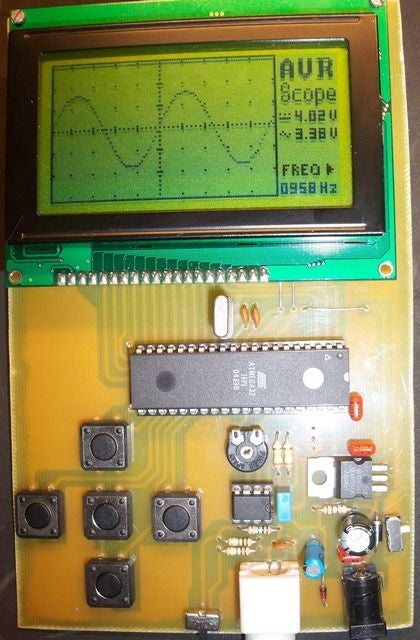The Reflow Soldering Oven with LCD Display using ATmega32
Introduction Our project consists of making a reflow soldering device using a normal toaster oven with a graphical LCD display for control and GUI. Soldering is an important and difficult task for custom printed circuit board design especially for integrated circuits that come as chip packages that are impossible to solder by hand. This is […]
The Reflow Soldering Oven with LCD Display using ATmega32 Read More »

